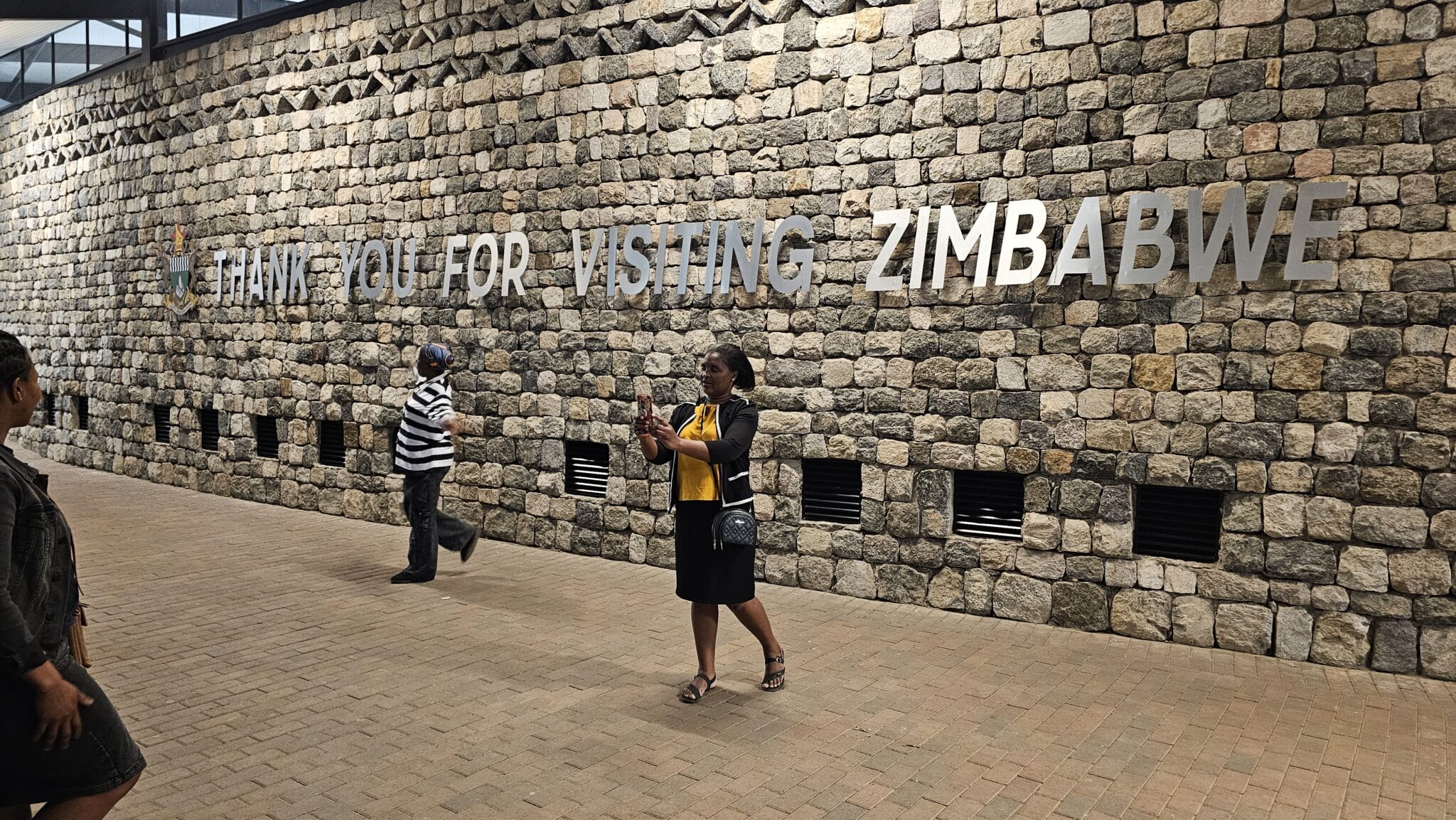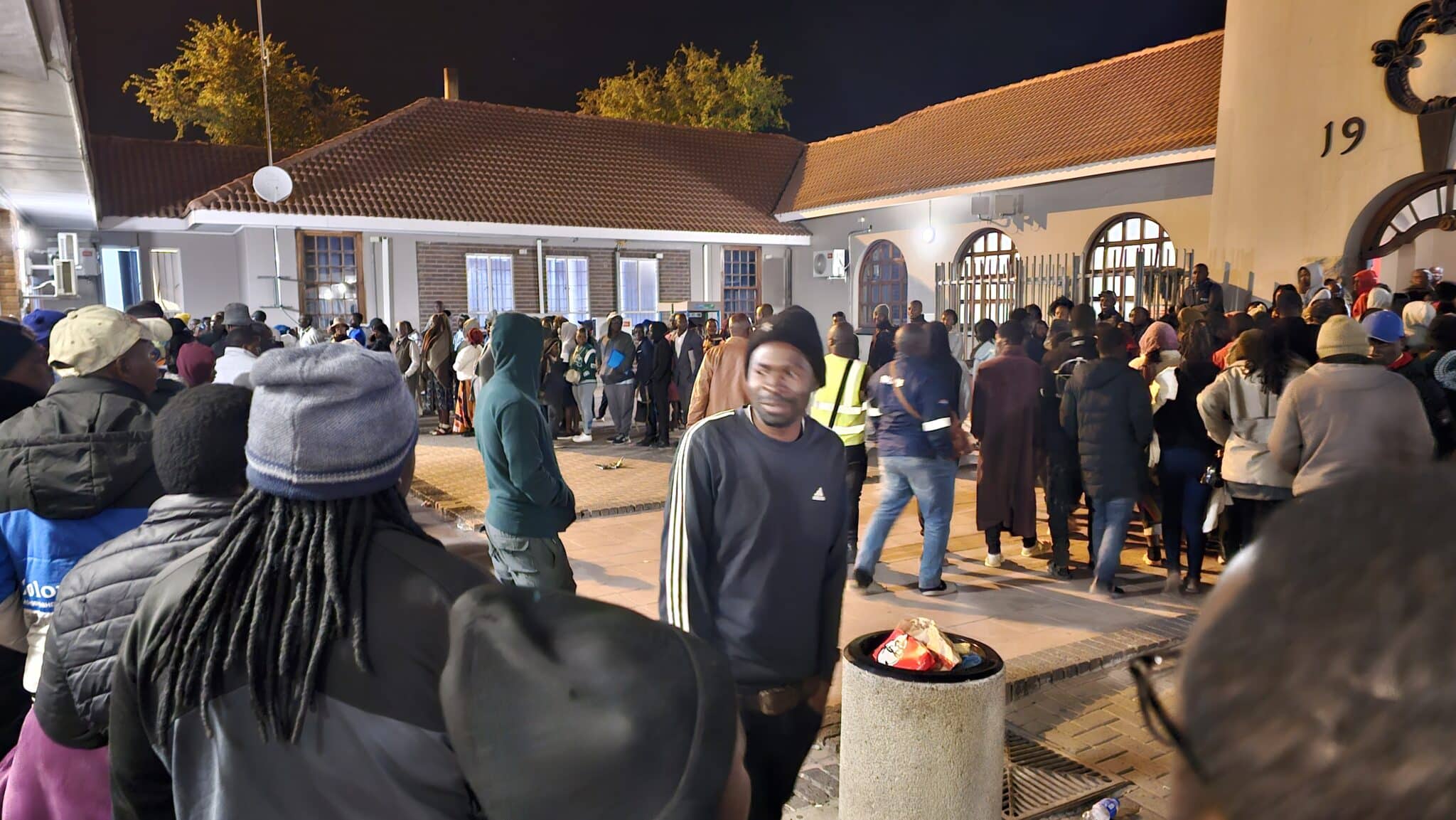
Land borders in Africa are by nature intimidating places if you don’t know where you are going. First are the crowds, among them hangers-on and tricksters always looking for an opportunity for a quick buck. And then the officials, serious looking and rarely offering a smile.
But I was going home and as a veteran of Beitbridge, one of Africa’s busiest land borders, I was excited to be making the crossing for the first time since it was upgraded and modernised almost three years ago by Zimborders for some $300 million on a Build, Operate and Transfer basis.
On approaching the South African border however my excitement was tempered by a two to three-kilometre stretch of goods trucks – harking back to the bad days before the upgrade when it would take truck drivers as many as two weeks to cross – because of inefficiencies, corruption and in some cases just sheer volumes.
Beitbridge is one busy border post, providing the biggest trade link for the southern Africa hinterland comprising Zimbabwe, Zambia, the Democratic Republic of the Congo (DRC), Malawi and sometimes further afield to parts of western Tanzania. Between them, Zambia and the DRC are key global copper producers, while Zimbabwe’s new Chinese funded lithium mines now account for more than two-thirds of Africa’s lithium output, Bloomberg reports.
There are serious mineral volumes and capital equipment being moved here before counting manufactured goods that flow north for South Africa’s neighbours with no meaningful manufacturing bases of their own. But Zimborders was supposed to solve that, I consoled myself.
In an opinion piece published on our web page in March this year, Glynn Cohen, the Chairman of Zimborders wrote: ‘’This flagship project will undoubtedly be successful – improving efficiency, reducing congestion and transit fraud…already, it now takes a few hours for trucks to cross the border compared with up to a week before’’.
But I had not reckoned with the South African side of the border. The arrival hall was one mass of people when we arrived with queues stretching outside and no sign of any official intervention. With my nephew in tow, we squeezed inside, and I am ashamed to say, many `sorries’ later, we jumped the queue and an hour later were by the exit gates.
But the ordeal was just beginning. Unbeknown to me, the immigration lady who stamped my passport, had made a mistake and an eagle-eyed police officer at the exit gate spotted the error and promptly sent me back to the hoards inside the arrival hall. Many swear words later I was back at the exit gate but by then my transport was gone and so I had to walk to the Zimbabwean side, an experience I have been told could be hazardous.
I took off but was pleasantly surprised by the visible policing on the South Africa side. However, the minute you step on the Zimbabwean side, things change. Hawkers selling everything from roasted maize to cool drinks dotted the route even at 1am. And then the darkness! While the South African side was well lit, there were neither lights nor security until I reached the army post at the entrance to Zimbabwe. I made it without a scratch but truth be told I was shaken.

A few metres later however Zimborders was there. True of border posts, the new building is imposing and it has to be said, impressive. The experience inside was even better, the whole exit process taking me half an hour. Thank you Africa Export-Import Bank and South African banks that funded this, I thought as we headed into the night.
So I must concede Mr Cohen was right. The upgrade has certainly made a huge difference from the corruption infested old post I had used for many years. However, the South African side has clearly not read the script and the experience got even worse when I returned, this time by bus. The hour I spent on the way out became four hours.
Put simply, the South African officials we encountered on the 12th of August 2024 didn’t care. We were grouped by our busses but the queue outside the arrival hall was one giant milling mass of people. One minute we were told to follow our driver inside, and the next we were chucked out because the official decided otherwise.
While all this is happening one could clearly see the officials sitting behind their desks chatting with nary a care in the world. You are shouted at like you are misbehaving children when those queues contain adults taking care of their households, working in the mines, running companies sustaining the economies of southern Africa.
It was shameful. But when you have done this crossing as many times as I have, you understand an immigration official wields absolute power. One word out of turn will take you and your fellow travellers to the back of the queue. You wait for this important man – it was mostly men – to stamp your passport without complaint.
So much for boosting intra-African trade. This was one bruising encounter that will take some time to heal but who is listening? While the Border Management Authority represents South Africa’s latest attempt to clean up its ports of entry, on the ground, I saw no change.
You can still cross the border without a passport for a thousand rand or more, a lady travelling beside me told me. Some 700 rand allows you to be given more days – as many as three months instead of a week, and 500 rand can enable you to jump the patient masses and get your passport stamped quicker.
For the record, I didn’t pay. All I did was push and hustle my fellow travellers for which I am truly sorry.

